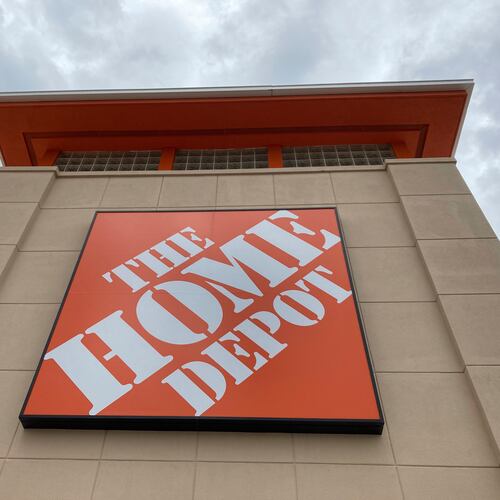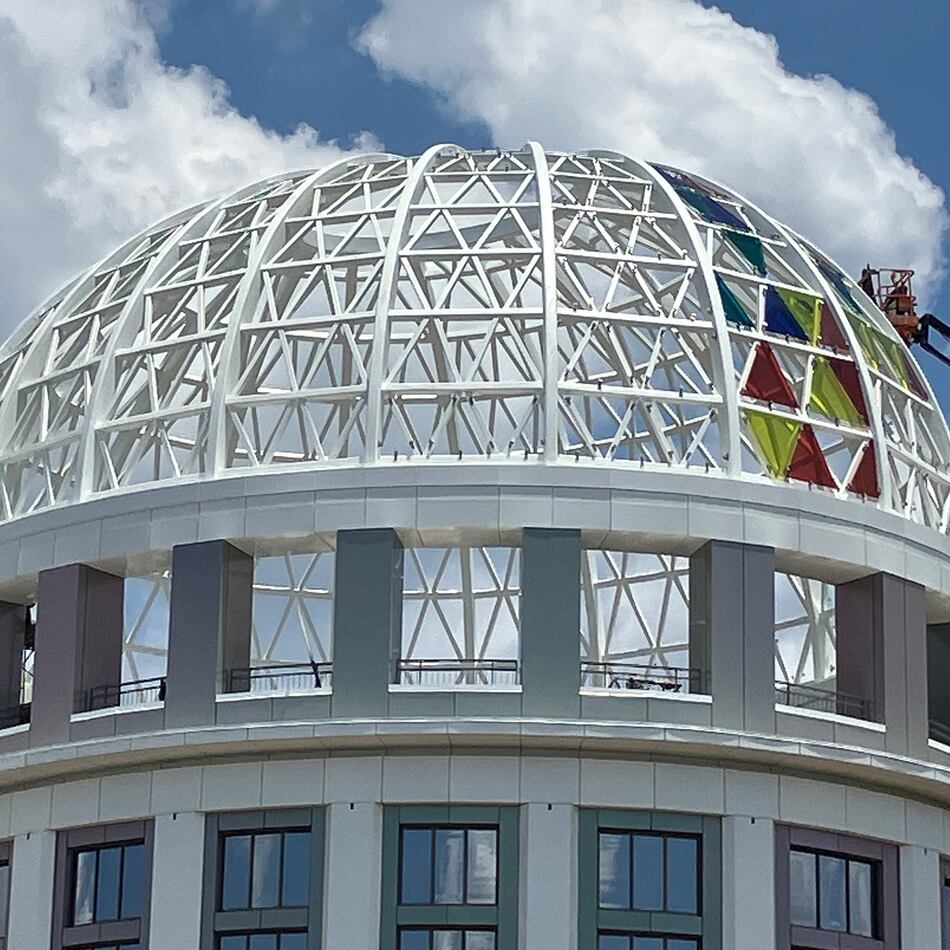Four seconds.
The difference between life and death, between third-degree burns and walking away whistling, between falling and fighting. When a burst of flame engulfs a soldier, his protection better be as close as his skin or he quickly becomes more casualty than combatant.
And in a war fought against rocket-propelled grenades and roadside bombs, the right defense can quickly turn a target back into an attacker.
“Four seconds is what they need to dismount a burning vehicle, to stay alive and to fight the enemy,” said Lt. Col. Mike Sloane of PEO Soldier, the U.S. Army’s acquisition organization. “It’s got to be scary to see a soldier, his uniform on fire then extinguishing itself — and the soldier continues to fight.”
To see how that can happen, you must follow a thread that leads roughly 7,000 miles from the combat zone to a tiny town 50 miles south of Atlanta.
It is in Zebulon where they are weaving protection.
In a plant set back from U.S. 19, just across from Elmo & Buster’s West Texas Bar-B-Que, the looms are working around the clock to turn yarn into fabric that will become uniforms that can give soldiers those few precious seconds.
TenCate Protective Fabrics, based in Union City, owns the plant. Its corporate parent, based in the Netherlands, bought the plant from an investor in 2002 after its original owner — Thomaston Mills — had shuttered the facility and left it vacant.
Now, the din inside the plant makes earplugs mandatory. Three shifts of workers, soon to be four, methodically move among more than a hundred frenetically quivering, intensely chattering looms as they interlace tons of yarn into a fabric called Defender M.
Fabric slow to burn
The material will be made into camouflage-patterned uniforms offering an additional edge — that four-second edge.
If typical clothing catches fire in an attack, it keeps burning after the explosion subsides, said Michael T. Stanhope, vice president of innovation for TenCate Protective Fabrics.
“And what normally injures and may kill people is not just the thermal exposure, but when the garment ignites.”
Where roadside bombs are a constant danger, so is the risk of a deadly burn. Stop the flames and you limit that risk. The Defender M fabric is chemically engineered to reduce or even block that threat.
Exposed to extreme heat, Defender M will react much more slowly than typical fabrics.
“The polymers we deal with are very stable and they don’t want to react to anything — period,” Stanhope said. “When you remove those extreme conditions, they stop reacting. They self-extinguish.”
Once loomed, the fabric must be cut and sewn. Finished uniforms are sold to the Army by three prime contractors: American Apparel, DJ Manufacturing Corp. and Propper International Sales.
But Zebulon is a crucial link in the chain from lab to the line of fire, as are a handful of other companies. The yarn on its looms was spun in Senoia, 20-something miles up Hollonville Road and U.S. 16. And when Zebulon’s work is done, the material will be trucked about 15 miles to Molena to be dyed, then printed by companies elsewhere.
Along the way, some material is taken to the company’s U.S. headquarters in Union City to be flame- and heat-tested.
Industry survivor
As a relatively new presence in Georgia, TenCate (pronounced ten-CAH-tuh) seems to be threading against the warp of history. A generation ago, the textile sector was among the largest employers in the state — but that dominance unraveled.
Globalization, outsourcing and technology shifted jobs elsewhere or eliminated the need for workers. A decade ago, the state had about 110,000 textile and apparel jobs. Since 2000, Georgia has lost more than half of them, according to the Bureau of Labor Statistics.
Those that remain, like TenCate, have a niche or specialization.
About 115 employees work in the Zebulon plant, producing more than 9 million yards of material a year. Defender M, which has been made for the military since 2007, is only one of its products. TenCate also makes fire-resistant coats for firefighters and various industrial uses.
The non-military business had slumped a year ago, but it has picked up lately, said Joseph M. Glovier, vice president of operations.
After the Independence Day holiday, the company will add 25 workers so production can run around the clock all week long, he said. “The industry has basically left the United States — not just the Southeast. The technology we have has helped us keep the business here.”
Turnover is minimal, the company said — employees tend to stay. The plant represents a steady, decent paycheck in a region where unemployment has hovered above 11 percent for more than a year.
The military fabric adds something else.
“We know there are people who die every day in Afghanistan and Iraq — we know the numbers,” said Shannon Michael, 36, a process engineer at the plant. “For us to make a product to wear in combat — if that gets in the way of an explosive and saves somebody’s life, it makes us feel pretty good.”
‘Burn rate’ down
And the military says the material has made that difference.
The rate of burn injuries soared after the U.S. invasion of Iraq. But for the past two years, U.S. troops deployed to one of the war zones have been issued four sets each of flame-resistant fatigues.
What the material covers, the material protects, said Sloane, who is product manager for soldier clothing and individual equipment at PEO Soldier. “The burn rate has gone down significantly. We find that the soldiers who were wearing [flame-resistant] uniforms have sustained nearly no burns.”
The current uniforms cost $129.31 a set, and the Army needs about 30,000 uniforms a month, Sloane said.
A new version — featuring a new camouflage pattern, baked-in insecticides and a price tag of about $140 — is coming next month.
It was only a few years ago that uniforms were just clothes, which could — in the wrong circumstances — burn the soldier inside. Now, the uniform adds a layer of defense, Sloane said.
“It’s a pretty incredible capability that the fabric has.”
About the Author
Keep Reading
The Latest
Featured


